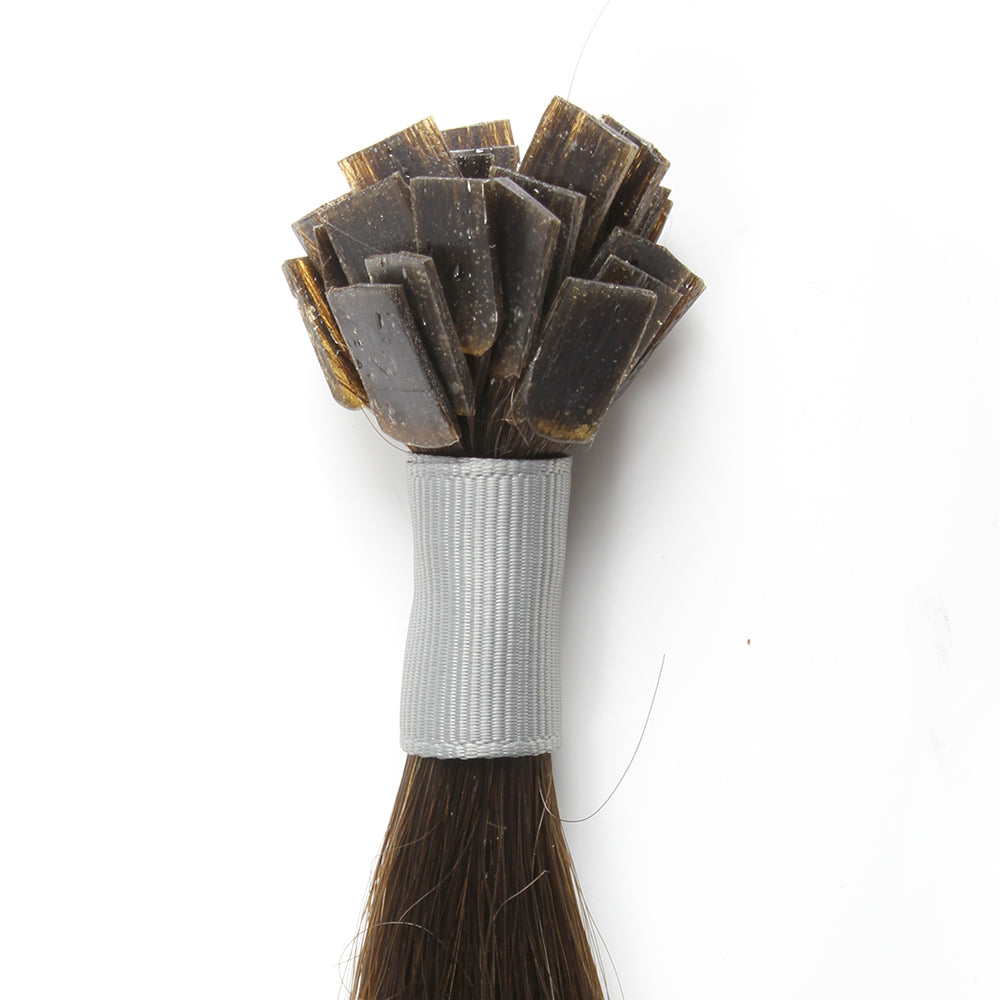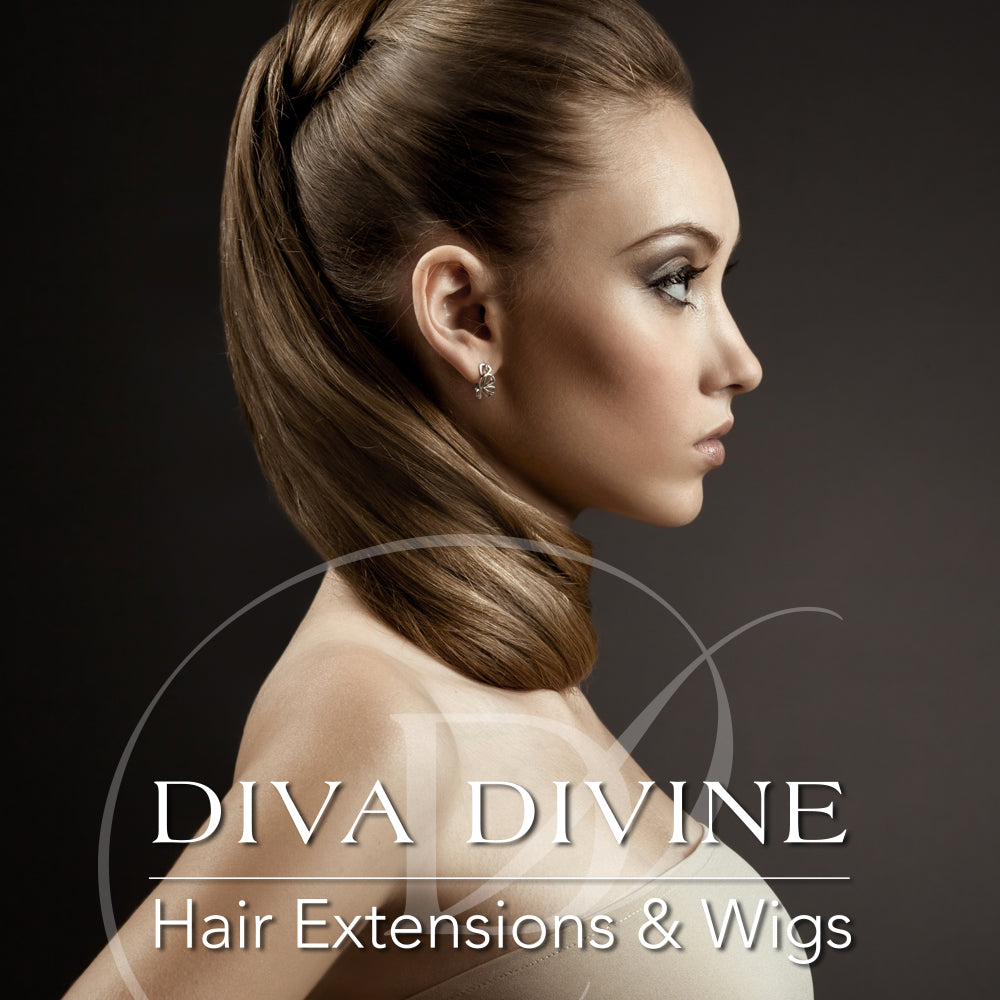Article: What are the Different Types of Hair Extensions

What are the Different Types of Hair Extensions
Hair extensions have come a long way over the years. As the beauty industry has grown, the demand for new methods, styles, lengths, and colors has too. It’s no surprise that both cosmetologists and beauty mavens alike want to know what types of hair extensions are out there, and which method will be best for them.
There’s no short or simple answer, but Diva Divine carries some of the most popular types of human hair extensions, which include:
- Micro Extensions(aka I-Tip, I-Link)
- Tape Extensions
- Keratin or Fusion Extensions
- Clip-In Extensions, including pony tails and fringes
Why so many choices, and which hair extensions are the best?
The truth is that the “best” hair extension type or method is relative. Each type of extension offers unique value and benefits, and each has its unique drawbacks as well. For example, the tape-in method is overall one of the most popular because of its versatility and reusability.
However, non-committal beauty mavens might opt for the easy, DIY opportunity that a clip-in extension provides. Below, we’ve outlined a bit about each of these methods, and how to decide which is best for you or your clients.
Micro Ring Hair Extensions
Otherwise known as I-Tip or I-Link, micro ring extensions use tiny beads to attach extensions to the natural hair. The beads are then crimped down to hold the hair in place after the bead is threaded on to the hair near the scalp area. Micro ring extensions require consistent touch ups, but can last anywhere from three to six months depending on the extension quality and care routine.
They have some of the same durability benefits that fusion extensions offer, without needing glue or heat to attach them.
Tape Hair Extensions
Tape extensions are wefts, rather than individual strands, that use an adhesive tape to attach the extensions to the head. They’re typically preferred for their shorter installation time and flat, seamless appearance (when installed properly).
Tape Extensions are particularly advantageous for thinner hair, especially when you use single-sided tape. They also tend to carry less risk of damage than fusion or glue-in extensions if your hair is consistently exposed to heat-based treatments. With these, be sure to stock up on replacement tape.
Keratin Hair Extensions
While this method has certainly evolved over time, Keratin extensions use small keratin bonds that are melted, shaped, and reformed around the hair to create a sturdy, long-lasting connection.
A distinct benefit is that, while they are harder to remove, they require less overall maintenance than other methods. Further, not all keratin extensions actually use glue, despite the commonly synonymous term “glue-in”. Diva Divine Hair Extensions, for example, relies solely on the keratin protein bond and fusion connector for installation.
As with the other methods, maintenance is required every six to eight weeks as your hair grows.
Clip-in hair extensions are the DIY solution for easy length, volume, or color change-ups. Since you have to put them in every time you want to wear them, clip-ins require the most work. They’re the perfect solution for stylists and fashionistas that want a no-commitment, no-hassle extension method.
Generally speaking, they can be installed in a matter of minutes at home or by a stylist, and are going to be the best method for people who want different looks regularly, or want to give something a try before committing to a longer lasting extension method.
Depending on how often you wear them, and how well you care for them, a good clip-in extension should remain usable for up to a year or longer.
Diva Divine Delhi, Diva Divine Mumbai and Diva Divine Hyderabad all carry the range of products for you to view and touch in person.
Which of these methods is your favorite? Let us know here or on social!


